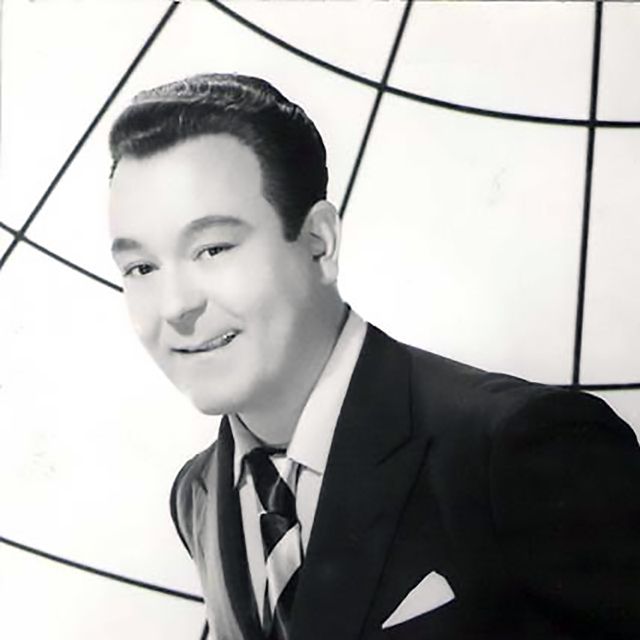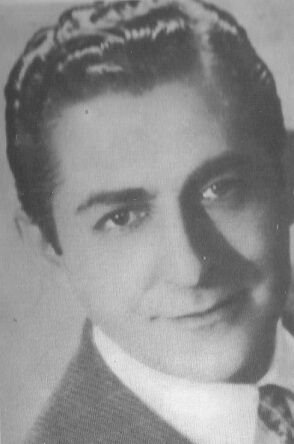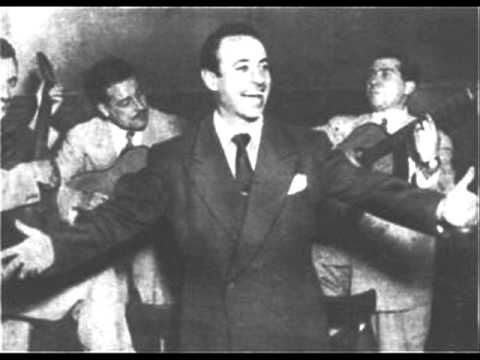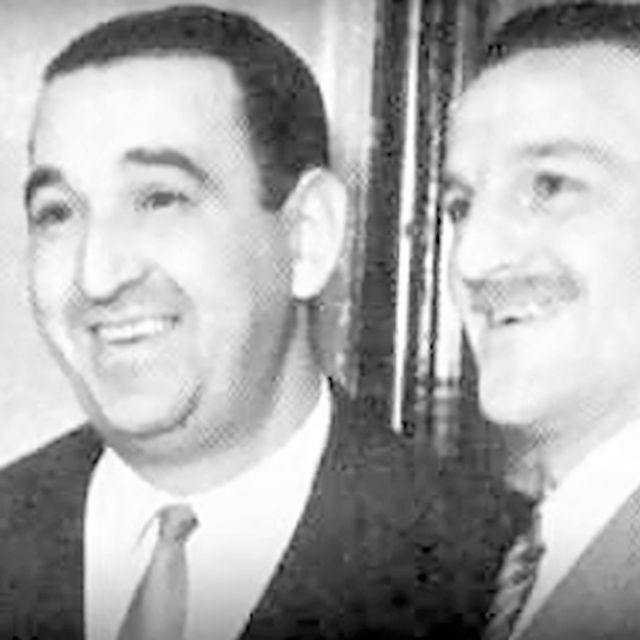“Así se baila el Tango” by Ricardo Tanturi y su Orquesta Típica with Alberto Castillo, 1942.
“Así se baila el Tango” by Ricardo Tanturi y su Orquesta Típica with Alberto Castillo in vocals, 1942.

Alberto Castillo
Singer, actor, composer and lyricist (December 7, 1914 – July 23, 2002)
Alberto Castillo’s distinctive style perhaps finds its roots in the whimsically humorous charm prevalent in the backgrounds of Rosita Quiroga, Sofía Bozán, or Tita Merello. However, it’s crucial to note that these figures do not serve as influences on Castillo, as there exists neither a discernible similarity among them nor does Castillo bear any resemblance to them. Rather, they can be grouped together—alongside the subsequent addition of Elba Berón—due to a shared essence characterized by an unrefined cadence.
What ties them together is not an influence but a common atmosphere, a shared unpolished rhythm.
Yet, when Alberto Castillo delves into profound themes, the remarkable tenderness he imparts becomes evident.
In essence, he is a “voice that resonates unlike any other,” echoing the profound words of the unforgettable Julián Centeya.
Listen and buy:
-
Amazon music
-
iTunes music
-
Spotify
We are happy to have collaborated with the people from tangotunes.com, from whom some of you may have heard; they do high-quality transfers from original tango shellacs.
It is the number 1 source for professional Tango DJs all over the world.
- Now, they have started a new project that addresses the dancers, and the website is https://en.mytango.online
You will find two compilations of fantastic quality at the beginning, one tango and one vals collection.
The price is 50€ each (for 32 songs for each compilation), and now the good news!
If you enter the promo code 8343 when you register on this site, you will get a 20% discount!
Thanks for supporting this project. You will find other helpful information on the site; it’s a great initiative.
More Argentine Tango music selected for you:
We have lots more music and history


 Roberto Chanel
Roberto Chanel
 After the mid-thirties, international music prevailed upon Tango to such an extent that our more traditional tango orchestras included foxtrots, polkas, corridos, pasodoble, congas, and rhumbas in its repertoire.
After the mid-thirties, international music prevailed upon Tango to such an extent that our more traditional tango orchestras included foxtrots, polkas, corridos, pasodoble, congas, and rhumbas in its repertoire.



